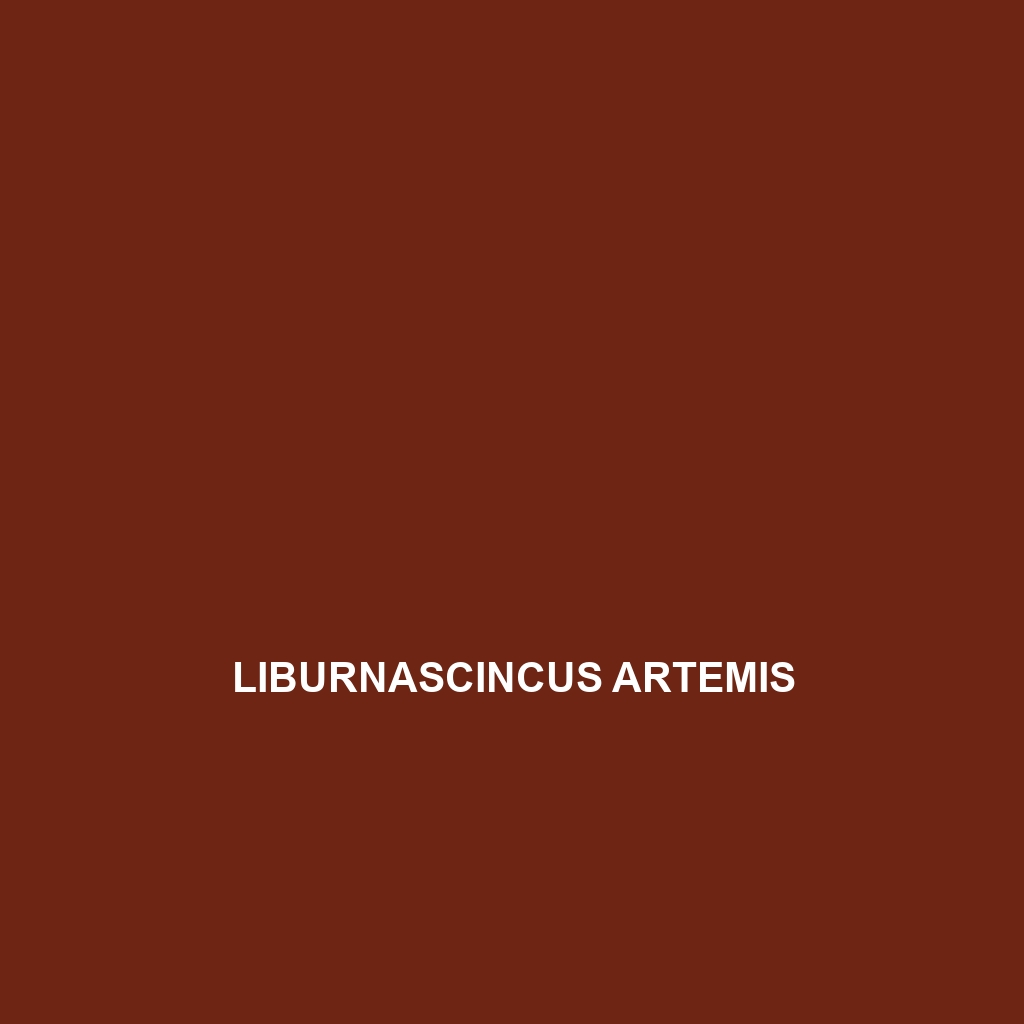Common Name
Liasis olivaceus
Scientific Name
Liasis olivaceus
Habitat
Liasis olivaceus, commonly known as the olive python, primarily inhabits the tropical and subtropical regions of Australia, particularly in coastal areas of Queensland and the northern territories. This species thrives in diverse environments, including dense rainforests, open savannas, and temperate forests. Its affinity for humid climates and availability of freshwater sources makes these areas ideal for its survival. The olive python can often be found near rivers, swamps, and wetlands, which provide essential resources and habitats for hunting and reproduction.
Physical Characteristics
The olive python is known for its distinctive coloration and impressive size, making it one of the larger snake species in Australia. Adult Liasis olivaceus can reach lengths of up to 4 meters (13 feet), with some individuals reported to exceed this length. The snake’s body is typically slender and elongated, featuring a striking pattern of olive-green and brown shades that provide excellent camouflage in its natural habitat. Its scales are smooth, and it possesses a triangular-shaped head, which is broader than its neck. Unique features include its large, prominent eyes that are well-adapted for night vision, as this species often exhibits nocturnal behavior.
Behavior
The behavior of Liasis olivaceus is quite fascinating, showcasing several distinctive traits. As a primarily nocturnal species, it becomes active during the night, utilizing its keen sense of smell to hunt for prey. This snake is often seen basking in the sun during the day to regulate its body temperature. Socially, olive pythons are generally solitary creatures, but they may come together during mating seasons. Their mating rituals can present unique behavioral patterns, including elaborate courtship displays where males will engage in combat to win the attention of females. Interestingly, they are known for their excellent climbing abilities and can often be found perched on tree branches, waiting to ambush unsuspecting prey.
Diet
Liasis olivaceus is a carnivorous species, primarily feeding on small to medium-sized mammals, birds, and occasionally reptiles. Their diet primarily consists of rodents and other small terrestrial animals. Using their powerful bodies, they are constrictor snakes, meaning they kill their prey by wrapping around it and applying pressure until suffocation occurs. Olive pythons have been observed to exhibit opportunistic feeding habits, allowing them to adapt to the availability of prey in their environment.
Reproduction
The reproductive cycle of Liasis olivaceus is significant for understanding its population dynamics. Breeding typically occurs in the warmer months, with a gestation period lasting approximately 60-80 days. Female olive pythons are oviparous and lay clutches of around 10 to 30 eggs. Once laid, the mother will coil around the eggs to protect them and regulate their temperature. After hatching, the young snakes are independent and receive no parental care, starting their life journey immediately in search of food and shelter.
Conservation Status
Currently, Liasis olivaceus is classified as a species of “Least Concern” according to the International Union for Conservation of Nature (IUCN). While there are no significant immediate threats to its population, habitat loss due to deforestation and human encroachment poses potential risks for the future. Conservation efforts focus on habitat preservation and the education of local communities on the ecological importance of this species and its role in maintaining biodiversity.
Interesting Facts
One of the most intriguing aspects of Liasis olivaceus is its extraordinary ability to adapt to various ecological niches, allowing it to thrive in different environments across Australia. Additionally, olive pythons are often kept as exotic pets due to their striking appearance and relatively docile nature compared to other snakes. Their adaptability and resilience make them fascinating subjects for study in herpetology.
